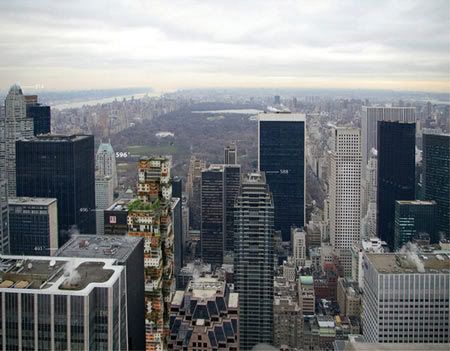
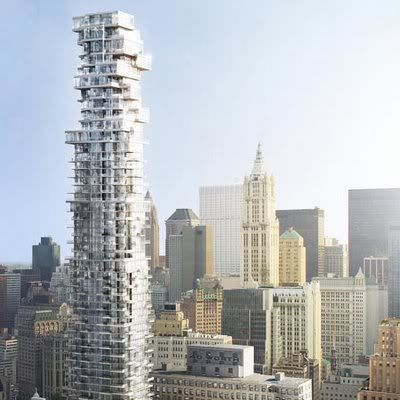
Even in Dubai, a city with turbo-charged architecture and a fortune to spend on unique design, we encounter skyscrapers that are remarkable, sure, but maintain the conventional design aspects of a removed and insulating façade meant more to instill awe than to make people feel comfortable and invited.
Two new designs have been proposed for skyscrapers in New York City that, if they don’t solve these problems, at least present a radically different notion of the high-rise building. The first, 56 Leonard, designed by acclaimed architects Herzog & de Meuron, is another building with a steel and glass façade, but it completely smashes the mold in terms of being flat and insulating.
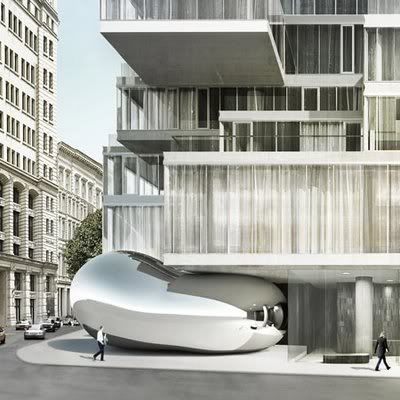
56 Leonard is a 50 story building, with 146 different residences, each with custom interiors designed by Herzog & de Meuron (it also has an awesome video on its website). The building looks like a colossal tower built from hollow, glass building blocks; it’s all jutting floors and overhangs. Because of this, every residence has a personal outdoor area.
What makes this building so cool is that it’s broken façade not only connects the occupants to the city and the space outside their homes, but it also provides a more interesting and comfortable ambience on the street.But if you still can’t get past the somewhat sterile nature of all of the glass, check out this design by Axis Mundi. 53 West 53rd is to be the new site of a tower extension of the Modern Art Museum, located just next door. The developer engaged French architect, Jean Nouvel, who designed a 73 story skyscraper. Apparently, Axis Mundi, headed by John Beckmann, thought they could do better, so proposed this eclectic jumble of colors, surfaces, and uses.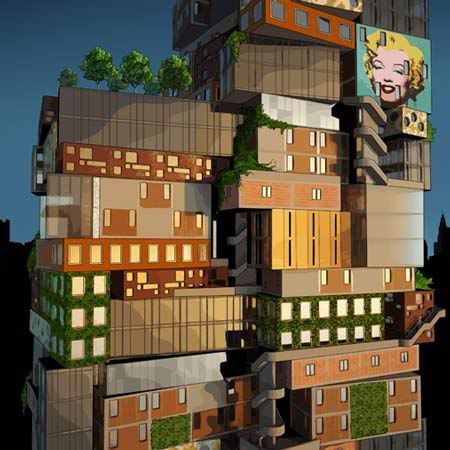
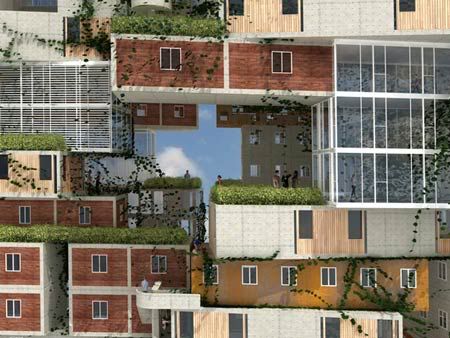
This design is not only interesting and oddly beautiful, it also appeals far more to our everyday sensibilities than typical skyscrapers. This is a building that makes occupants and passersby feel comfortable, rather than insignificant. In the coming urban density increase, it’s imperative that we create a built environment that is oriented, functionally and aesthetically, around human comfort and happiness.
These buildings, though far from perfect, take large steps in that direction.I, for one, hope that Axis Mundi beats out Jean Nuveau on 53 West 53rd. Next time I’m visiting the MOMA, I want to look next door and find something engaging and human – not another impersonal ivory tower.
Source photos and more information can be found at Inhabitat, Dezeen, and DesignBoom.
By Johnston Architects





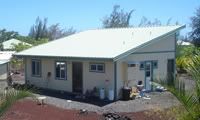
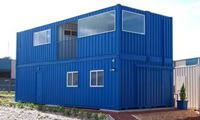
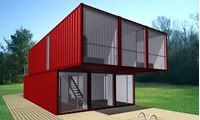





0 comments
Post a Comment